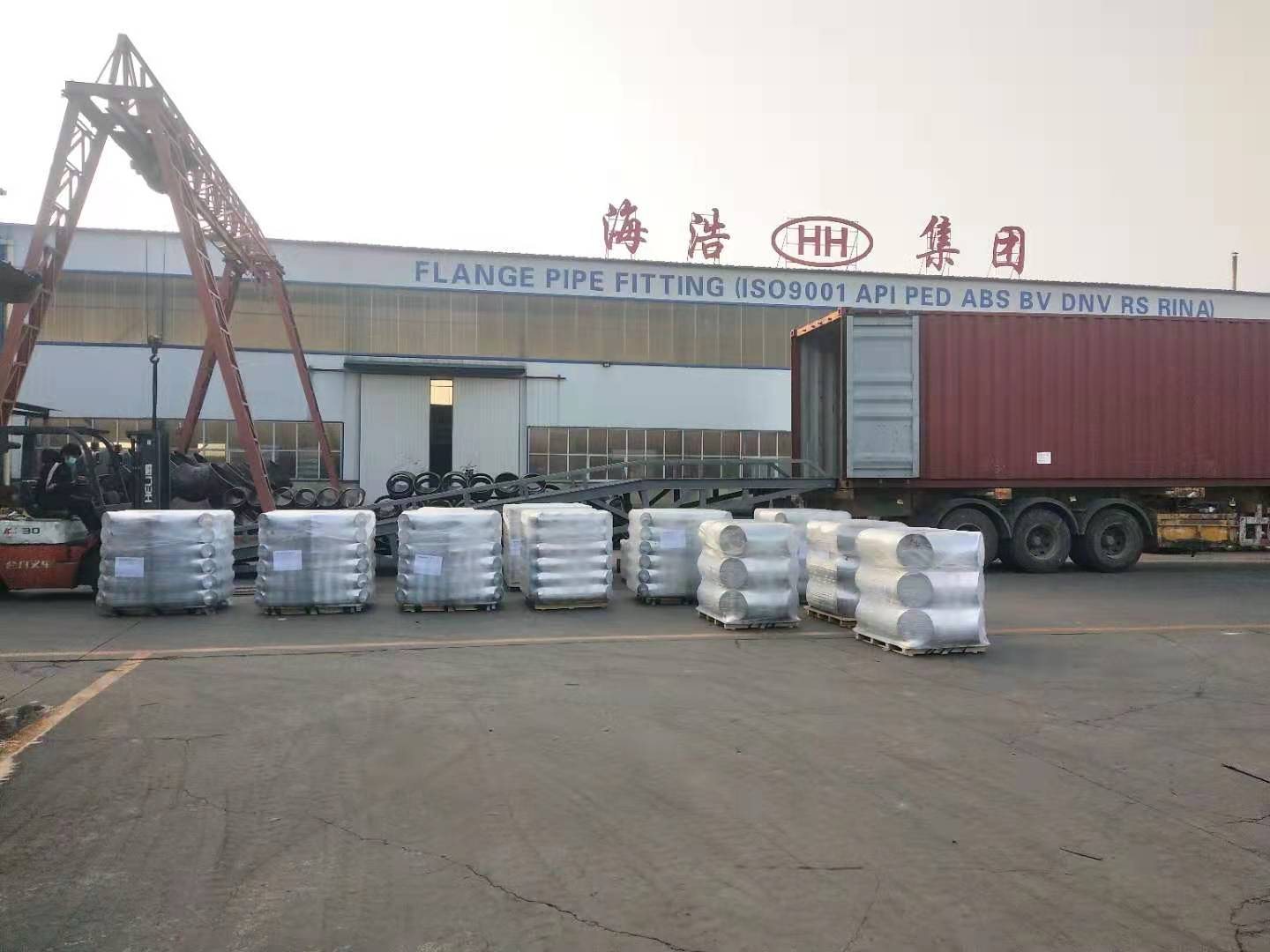The impact of hydrogen on steel performance
Hydrogen is one of the most harmful elements in the steelmaking process, significantly affecting the material’s properties. The primary concern with hydrogen in steel is its tendency to cause hydrogen embrittlement, which makes the steel brittle and drastically reduces its ductility and toughness, increasing the risk of fracture. Moreover, hydrogen diffusion and accumulation can weaken the fatigue resistance of steel, leading to premature failure. Therefore, controlling hydrogen content and processing techniques is crucial to ensuring the performance of steel.
Effect on Steel Microstructure
Hydrogen can be trapped by dislocations, grain boundaries, and second-phase particles within the steel, affecting the stability of its microstructure. These hydrogen traps alter the diffusion pathways and rates, leading to localized hydrogen concentration, which can compromise the steel’s microstructure.

Haihao Group
Effect on Heat Treatment
During annealing or other heat treatments, if hydrogen is present in the steel, high temperatures may cause further diffusion and accumulation of hydrogen, increasing the risk of hydrogen embrittlement. To mitigate this, it is essential to control the hydrogen content or use dehydrogenation heat treatments, such as vacuum annealing.
Impact on Welding
In welding processes, hydrogen can be introduced through a moist environment or the materials used. Post-welding, residual hydrogen may cause delayed cracking or embrittlement in the weld area. This necessitates careful control of the welding environment and materials to minimize hydrogen introduction.
Effect on Mechanical Properties
Hydrogen presence typically reduces the ductility and impact toughness of steel, especially under low temperatures or high strain rates. This can make the steel more prone to brittle failure. Additionally, hydrogen diffusion and accumulation can promote fatigue crack initiation and propagation, shortening the fatigue life of the steel.
Effect on Physical-Chemical Properties
Hydrogen diffuses rapidly within steel, which makes it prone to moving and accumulating during high-temperature processes like hot rolling or heat treatment. Understanding hydrogen’s diffusion characteristics is key to implementing measures (e.g., dehydrogenation treatments, optimized cooling rates) that minimize its adverse effects. Furthermore, hydrogen may react with other elements in the steel, forming hydrides that cause hydrogen-induced corrosion. To combat this, it’s important to control hydrogen content and use alloying elements like chromium or molybdenum to enhance corrosion resistance.
Haihao Group understands the impact of various elements on steel performance and applies this knowledge to daily production in order to produce piping system products that meet customer performance requirements. If you need our products, please feel free to contact us.
Related article:
The role of carbon in steel performance
The influence of silicon on steel performance

